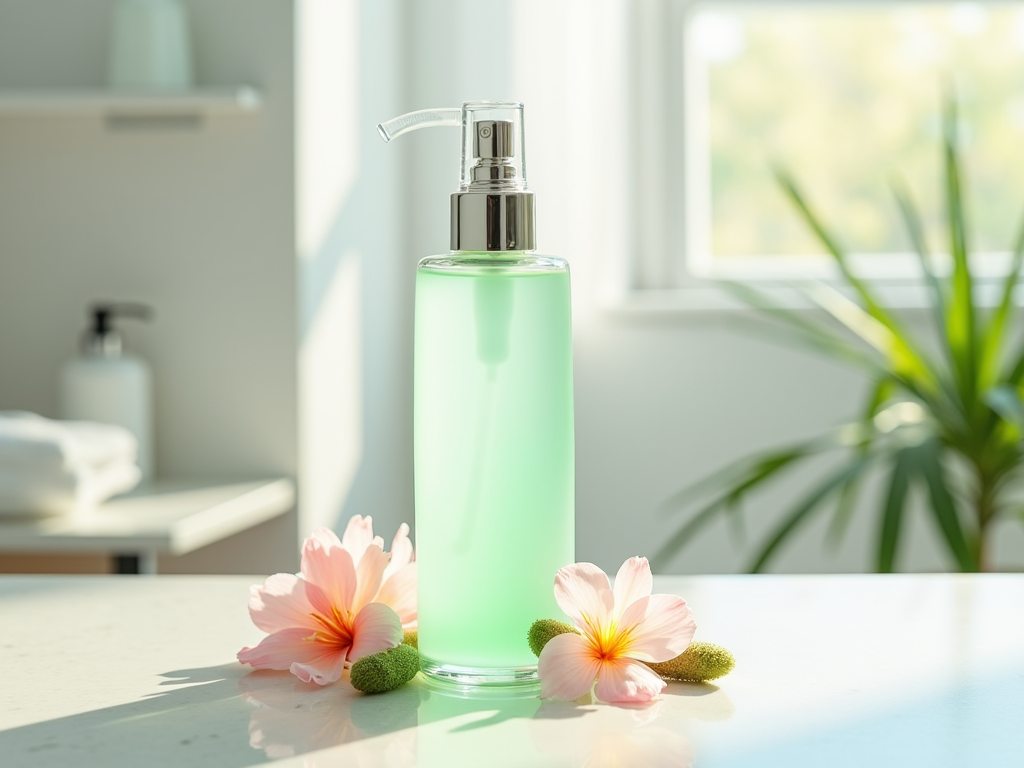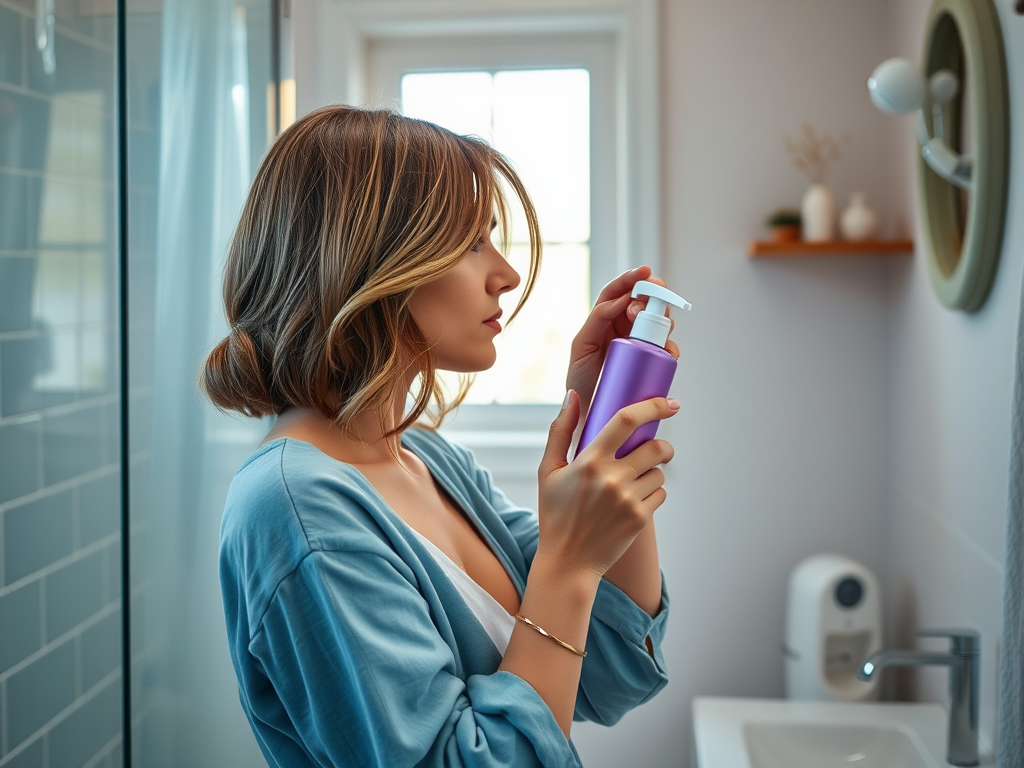Acne is a common skin condition that affects millions of people worldwide, but its underlying causes can be as varied as the individuals who experience it. Determining whether your acne is hormonal or bacterial is crucial because it influences the treatment approach and management. Hormonal acne is typically tied to fluctuations in hormones and often requires systemic treatment, while bacterial acne stems from an overgrowth of acne-causing bacteria and might be addressed with topical solutions. In this comprehensive guide, we’ll delve into the critical indicators that can help you differentiate between hormonal and bacterial acne.
The Basics of Acne
What is Acne?
At its core, acne is a skin condition characterized by the appearance of pimples, blackheads, and cysts, which can cause significant discomfort and affect self-esteem. Acne occurs when hair follicles become clogged with oil and dead skin cells, creating an environment where bacteria can thrive. It’s a dermatological enigma that straddles the line between aesthetic inconvenience and a complex medical challenge.
Types of Acne
- Description of Hormonal Acne: Hormonal acne is often linked to the natural fluctuations of hormones within the body. It commonly appears during puberty but can persist or even start in adulthood, particularly in women. These kinds of breakouts tend to coincide with the menstrual cycle and may worsen during periods of hormonal change, such as pregnancy or menopause.
- Description of Bacterial Acne: Bacterial acne, on the other hand, occurs when the naturally occurring bacteria on the skin, Propionibacterium acnes (P. acnes), proliferate within clogged hair follicles. This can lead to inflammation, redness, and the formation of pus-filled lesions. Unlike hormonal acne, bacterial acne isn’t as closely linked to internal hormonal shifts and may be more responsive to topical treatments designed to control bacteria and reduce inflammation.

Identifying Hormonal Acne
Typical Characteristics of Hormonal Acne
Hormonal acne often presents itself in a distinct pattern. In women, it’s frequently concentrated around the jawline, chin, and sometimes the perimeter of the face. This type of acne tends to be deep-seated and cystic, meaning it can be particularly painful and linger under the skin for long periods. The cysts or nodules often flare up in sync with menstrual cycles, reflecting underlying hormonal changes.
Common Triggers and Risk Factors
- Menstrual Cycle: Many women experience a pre-menstrual breakout when levels of hormones like progesterone and estrogen fluctuate, stimulating oil production.
- PCOS and Hormone-Related Conditions: Conditions like polycystic ovary syndrome (PCOS) can lead to elevated androgen levels, contributing to persistent acne issues.
- Stress and Lifestyle Factors: Excessive stress can increase levels of cortisol and adrenal androgens, exacerbating acne. Other lifestyle factors such as diet and sleep can also indirectly influence hormone levels and, consequently, acne manifestation.
Recognizing Bacterial Acne
The Role of Bacteria in Acne
Bacterial acne is a classic case of problematic skin flora. While P. acnes bacteria are commonly found on healthy skin, their overgrowth within a follicle can trigger inflammation. The body’s immune response to this bacterial proliferation results in the red, swollen, and oftentimes painful pustules that we associate with a breakout.
Signs of Bacterial Acne
Bacterial acne is generally identified by the appearance of pus-filled pimples, whiteheads, and occasionally, deeper lesions when the infection spreads. Unlike hormonal acne, bacterial acne might not follow a repeating pattern and is less likely to be influenced by hormonal cycles. However, factors like poor hygiene, humid environments, and the use of pore-clogging skin or hair products can exacerbate the condition.
| Feature | Hormonal Acne | Bacterial Acne |
|---|---|---|
| Typical Location | Jawline, chin | Various areas of the face |
| Characteristics | Cystic, deep-seated | Pustules, surface level |
| Trigger | Hormonal fluctuations | Overgrowth of bacteria |
| Affected Demographic | Often adults | All ages |
| Response to Treatment | Systemic medications | Topical antimicrobials |
| Pattern | Cyclical with hormones | Can be more sporadic |

Diagnostic Methods and Professional Insight
Seeking Medical Advice:
If you suspect that your acne may be beyond the help of over-the-counter products, it’s prudent to consult with a dermatologist. These skin experts can offer an accurate diagnosis and a customized treatment plan. Persistent, severe, or distressingly recurrent acne warrants professional input. A healthcare provider can evaluate your acne’s characteristics, your medical history, and may even perform hormone tests to determine if hormonal imbalances are contributing to your acne issues.
Diagnostic Techniques:
Dermatologists use several techniques to diagnose the type of acne you’re dealing with. This can include:
- Visual Examination: An in-depth inspection of the skin to assess the type of lesions and their distribution on the face and body.
- Medical History: A discussion about your menstrual cycle, stress levels, diet, and any other factors that could be impacting your skin.
- Hormonal Testing: In some cases, a blood test might be recommended to check for hormonal imbalances, particularly if there’s suspicion of an underlying disorder like PCOS.
- Skin Swabs or Cultures: These can help identify an overgrowth of bacteria, contributing to the infection and inflammation.
Treatment Options and Skincare Tips
Treating Hormonal Acne:
Addressing hormonal acne often requires a more systemic approach. This might include:
- Hormonal Therapy: Such as birth control pills or anti-androgens, which can help balance hormone levels and reduce breakouts.
- Retinoids: These are vitamin A derivatives that promote cell turnover and can reduce the appearance of acne over time.
- Lifestyle Adjustments: Regular exercise, a balanced diet, and stress management can also help regulate hormones naturally.
Managing Bacterial Acne:
Conversely, bacterial acne treatment options often focus on reducing bacterial growth and inflammation:
- Topical Antimicrobials: These medications, like benzoyl peroxide or clindamycin, are designed to target and reduce P. acnes populations.
- Exfoliants: Chemical exfoliants, such as salicylic or glycolic acid, can help unclog pores and minimize bacterial proliferation.
- Oral Antibiotics: In more severe cases, a course of oral antibiotics may be prescribed to get the bacterial infection under control.
General Skincare Recommendations:
For both types of acne, maintaining a gentle skincare routine is fundamental. It’s crucial to:
- Avoid over-cleansing, which can strip the skin of its natural oils and aggravate acne.
- Select non-comedogenic products that won’t clog pores.
- Remove makeup completely before sleeping.
- Employ a consistent use of sunscreen, as some acne treatments can increase photosensitivity.
- Regularly wash pillowcases, face masks, and anything that comes in contact with acne-prone areas to keep bacteria at bay.

Conclusion
Acne, whether hormonal or bacterial, can be perplexing and frustrating. However, recognizing the signs and understanding the causes of your specific type of acne is a giant leap towards effective treatment. It’s essential to monitor your skin’s response to different treatments and maintain open communication with a dermatologist. With the right approach, acne can be managed, and clearer skin can be a reality.
FAQ
Q: Can hormonal acne be cured completely?
A: Hormonal acne may not be “”cured”” in the traditional sense since hormone levels naturally fluctuate. However, it can be effectively managed with the right combination of treatments and lifestyle adjustments.
Q: How long should I try a new acne treatment before deciding if it’s working?
A: Generally, it’s recommended to give an acne treatment at least 6 to 8 weeks to see if it improves your acne. Some treatments, like retinoids, might take a bit longer.
Q: Are natural or home remedies effective for hormonal or bacterial acne?
A: While some natural remedies may provide temporary relief or minor improvements, it’s best to seek professional advice for long-term treatment. A dermatologist can guide you to the most effective treatments.
Q: Can I use hormonal treatments if I’m considering getting pregnant?
A: Many hormonal treatments are not safe during pregnancy, so it’s important to discuss family planning with your dermatologist to select appropriate treatments.
Q: Is diet related to hormonal or bacterial acne?
A: Diet alone doesn’t cause acne, but it can influence the severity and frequency of breakouts. Diets high in refined sugars, dairy products, and processed foods are sometimes linked to an increase in acne symptoms.



